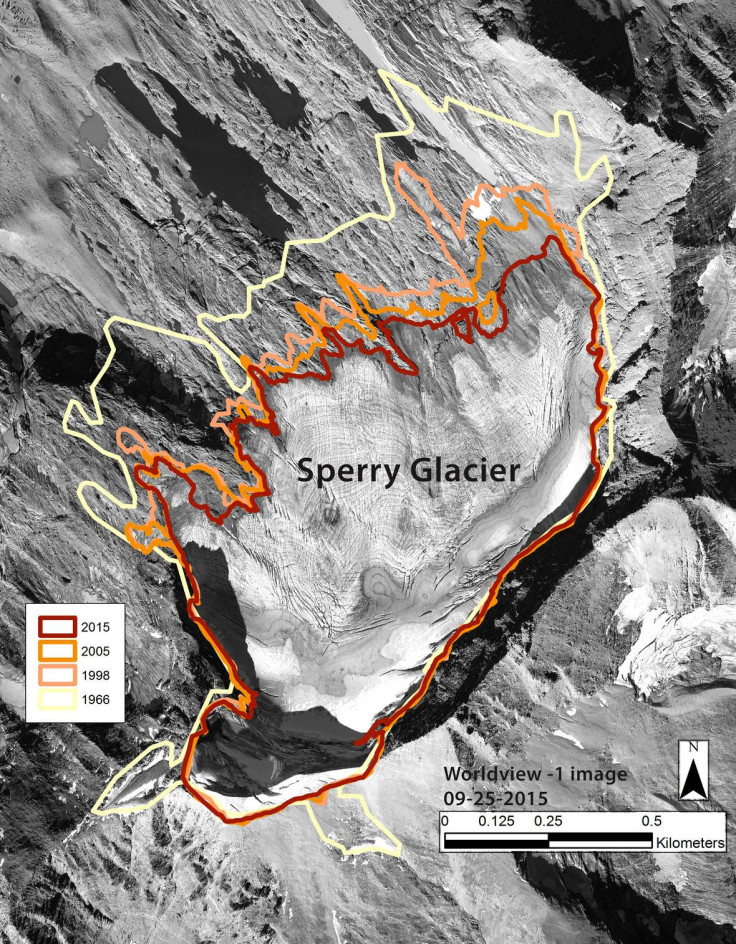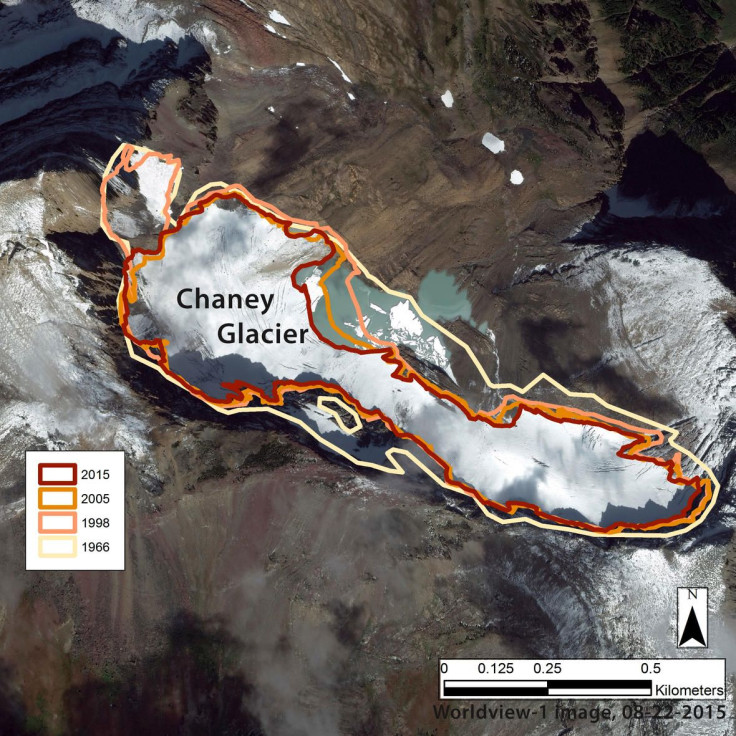Climate Change Is Killing Montana's Glaciers

In the early years of the previous century, the Glacier National Park in Montana had an estimated 150 glaciers larger than 25 acres — the threshold needed for a mass of accumulated snow and ice to be classified as a glacier. Now, there are just 26 left, and all of them are melting so fast they may vanish within our lifetime.
This is the key takeaway from data released Wednesday by the U.S. Geological Survey and Portland State University. The data, based on aerial photographs and satellite measurements carried out periodically over a period of 50 years (from 1966 to 2015/2016), includes scientific information for the 37 named glaciers in Glacier National Park and two glaciers on U.S. Forest Service land.

It reveals that on average, the glaciers have retreated by 39 percent, with some ice formations losing up to 85 percent of their size. This puts them at serious risk of completely disappearing within the next few decades unless the region witnesses a significant cooling event — something not very likely to happen anytime soon.
“While the shrinkage in Montana is more severe than some other places in the U.S., it is in line with trends that have been happening on a global scale,” Portland State geologist Andrew G. Fountain said in a statement released Wednesday.

When seen in the global context, the situation in Montana is not an isolated case. In Antarctica — a region that contains enough ice to raise sea levels across the globe by over 200 feet if it melts completely — glaciers located in its western region are melting nearly six times faster than previous estimates suggested, while in Greenland, the glaciers and ice caps dotting the coastal edges are unlikely to recover from the melting they are currently experiencing.
Closer home, a recent study revealed a river fed by a melting glacier in Canada’s Yukon region completely changed course — an unprecedented event that scientists say is the first case of “river piracy” observed over such a short period of time.
“The event is a bit idiosyncratic, given the peculiar geographic situation in which it happened, but in a broader sense it highlights the huge changes glaciers are undergoing around the world due to climate change,” John Clague from Canada’s Simon Fraser University, co-author of the study, said in a statement released last month.
Back in Montana, the rapid retreat of glaciers not only has the potential to disrupt tourism to a region visited by nearly 3 million people last year, it could also have a significant impact on wildlife that inhabits the mountainous terrains.
“The park-wide loss of ice can have ecological effects on aquatic species by changing stream water volume, water temperature and run-off timing in the higher elevations of the park,” USGS lead scientist Daniel Fagre said in the statement.
The common culprit behind all these events? Long-term climate change exacerbated by human activities.
“You know there's a long-term trend when the glaciers are all simultaneously melting or growing,” Fagre told USA Today.
© Copyright IBTimes 2024. All rights reserved.






















